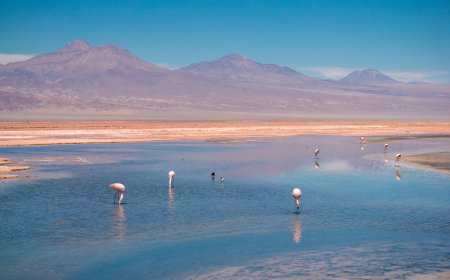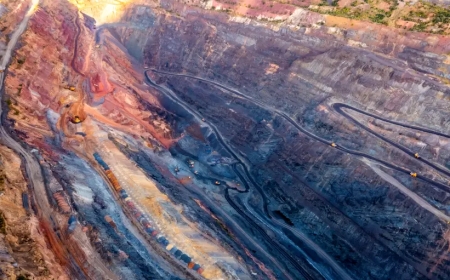Lotus Resources eyes 2025 Malawi uranium mine restart
Australia-based Lotus Resources (ASX: LOT; US-OTC: LTSRF) is on track to revive the mothballed Kayelekera uranium mine in Malawi by late 2025 while it works to tap into the longer term potential of its Letlhakene uranium project in Botswana, it said this week.


The company is preparing to undertake an US$88 million restart plan by finalizing financing and offtake agreements, negotiating power supply arrangements with ESCOM (Malawi’s electricity utility), and engaging in front-end engineering and design, it said on Jan. 16. The company is also in talks with the Malawi government about securing the required mine development agreement.

If Lotus can restart the mine, on care and maintenance since 2014, it will be selling into a market hungry for uranium supply.
“Lotus is testing the debt market and is focused on undertaking the necessary planned activities to prepare Kayelekera for a potential restart in late 2025 when the supply gap for the nuclear utilities is forecast,” Lotus managing director Keith Bowes said in a release.
Red Cloud Securities mining analyst David Talbot says Lotus is making headway towards making a final investment decision to restart Kayelekera within 15 months.
“Strong and rising uranium prices, ample resources and near-term production potential have helped Lotus rank as one of our top picks and amongst the top of its developer peer group in share price performance over the past three and twelve months (up 62% and 42%, respectively),” Talbot wrote in a note to clients. The analyst suggested that this should help reduce potential equity dilution as it seeks to finance the initial capex needed to restart Kayelekera.
Spot uranium prices have steadily risen over the past year, recently reaching highs above U$100 per lb. not seen since since 2007, driven by utility and financial group demands. Uranium juniors, as measured by the Sprott Junior Uranium Miners ETF (NASDAQ: URNJ), touched an all-time high at US$29.29 on Jan. 16, up 45% since its inception in February 2023 and up 66% in the past six months.
Economic dynamo
Kayelekera, located in the Karonga District, is Malawi’s most significant mining operation. It produced about 11 million lb. of uranium oxide from 2009 to 2014. Post-2014, the mine has been in care and maintenance mode due to low uranium prices.
However, the current market conditions and ownership restructuring could mean a second chance for the mine. It hosts proven and probable reserves of 15.9 million tonnes grading 660 ppm uranium oxide for 23 million lb. of yellowcake.
In an August 2022 definitive feasibility study, Lotus concluded that restarting Kayelekera would cost US$88 million, compared with US$50 million predicted in the 2020 scoping study. The increased estimate incorporates additional costs for new features like ore sorting, a grid connection, and a new acid plant, all crucial for reducing operational expenses.
The company’s study details a plan to mine 2.4 million lb. uranium over 10 years at cash costs of US$29.1 per lb. and an all-in-sustaining cost of US$36.2 per lb. for the first seven.
Lotus Resources acquired an initial 65% stake in Kayelekera in 2020 from 85% owner Paladin Energy (ASX: PDN) in return for A$5 million in cash and scrip. Lotus later acquired a 20% stake in the mine from Lily Resources. The Malawian government holds 15%.
Botswana scale
Lotus’s portfolio hosts the third-largest uranium resource among ASX-listed miners, a combined 241 million lb. of uranium oxide across Kayelekera and Letlhakane.
While Kayelekera holds near-term production potential, its Lethlakane project is one of Africa’s largest undeveloped uranium projects.
Letlhakane hosts 269 million tonnes at 321 parts per million uranium oxide for 190 million lb. of the radioactive metal, 22% of which reports to the measured and indicated categories and the bulk inferred.
Lotus is working towards a preliminary economic assessment.
The strategy for Letlhakane focuses on its higher-grade components.
Through an October merger, Lotus has also diversified by acquiring a majority stake in the Wilconi nickel-cobalt project in Western Australia.
Lotus shares on Jan. 15 achieved afresh 12-month high at A$35.3¢ per share, up about 50% over the past 12 months. It has a market capitalization of A$569.1 million ($503.7 million).




















